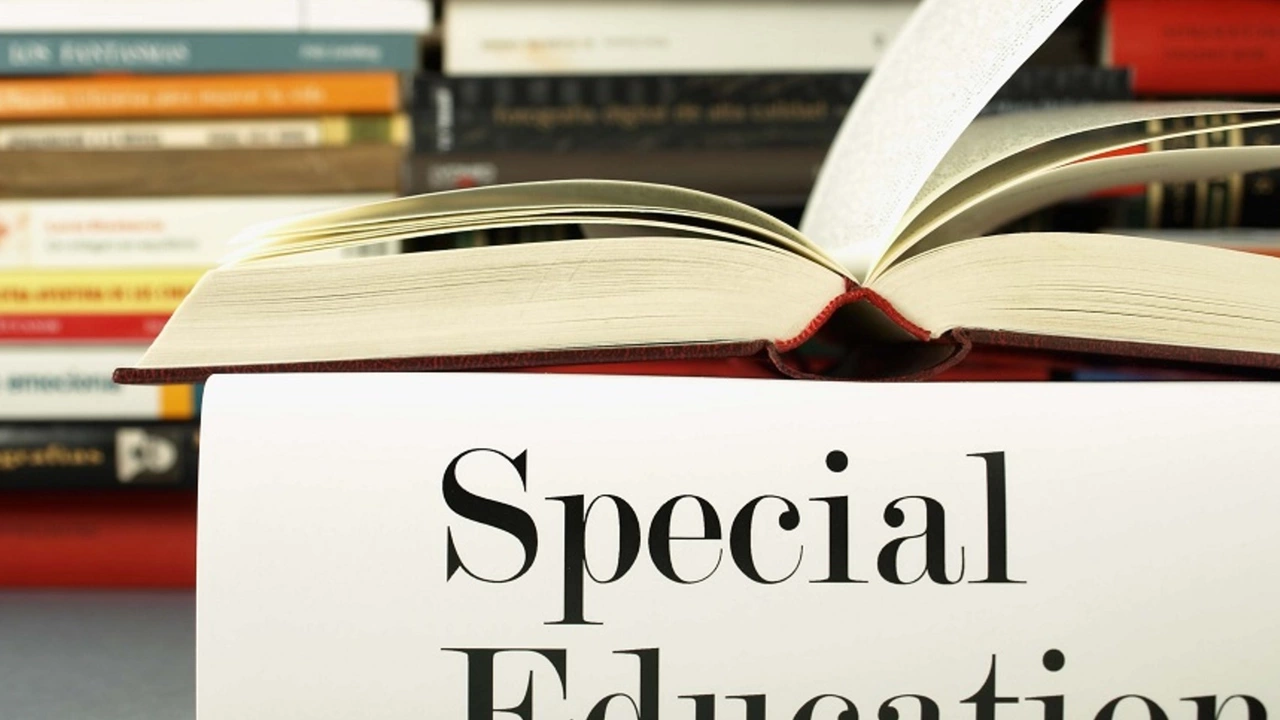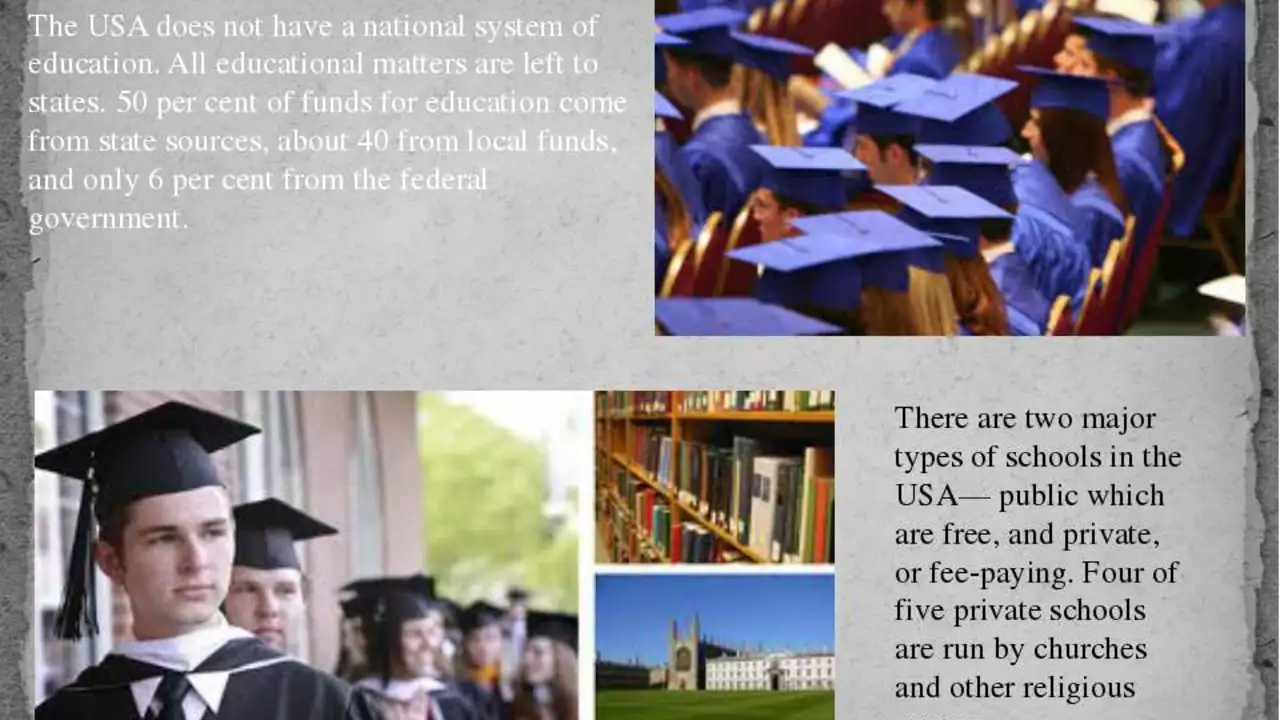Education & Learning: Real Tips You Can Use Right Now
Looking for straight‑forward advice on teaching, studying, or just getting better at learning? You’re in the right place. This section gathers easy‑to‑apply ideas that work for anyone – whether you teach a classroom, guide a child with special needs, or want to understand how schools are set up around the world.
Boosting Special Education with Simple Tools
One of the quickest wins is creating an Individual Learning Plan (ILP) that fits each student like a custom shirt. Start by listing the student’s strengths, the areas that need help, and a few realistic goals. Then match each goal with a specific activity – maybe a short video for visual learners or a hands‑on project for tactile learners. Adding a bit of technology, like a tablet app that lets the student practice spelling in a game format, turns practice into play. Finally, celebrate every small win. A quick high‑five or a sticker can build confidence and keep the student motivated.
How the US Education System Is Structured
In the United States, schooling is split into three big chunks: elementary (kindergarten through grade 5), secondary (grades 6‑12, which includes middle and high school), and post‑secondary (college, university, and vocational training). Each state decides how the curriculum looks, so you’ll see variations in subjects, grading, and even school calendars. Public schools are funded by the government, private schools rely on tuition, and homeschooling lets families design their own schedule. Knowing these divisions helps parents pick the right path for their kids and lets educators compare how ideas work across different settings.
Beyond these big categories, you’ll also find niche programs that focus on gifted learners, students with disabilities, or career‑ready tracks. These options let schools tailor education to the needs of different groups without overhauling the whole system. If you’re a teacher, think about how your class could borrow a piece of each model – maybe a project‑based unit from a vocational track or a mentorship approach from a gifted program.
At Chennai School of Music & Arts, we blend these educational ideas with creative learning. Our music and dance classes use the same ILP principles: students set personal goals, get tech‑assisted practice tools, and receive regular praise. Whether you’re a parent, teacher, or lifelong learner, the strategies here can be adapted to any subject – from math drills to mastering a violin riff.
Ready to put a tip into action? Pick one idea from the posts above, try it for a week, and notice what changes. Small steps add up, and soon you’ll see bigger progress in yourself or your students. Keep coming back for more practical guides – we’re adding fresh content all the time, so there’s always something new to try.
What are some methods to improve special education?
Alrighty folks, buckle up as we dive into the world of special education! We're talking about fresh, innovative methods to jazz it all up. First off, individual learning plans are like a tailor-made suit, fitting each student's unique needs perfectly. Then we've got technology, our shiny knight in silicon armor, making learning more interactive and fun. Lastly, let's not forget the power of positive reinforcement; a little pat on the back can make a mountain of a difference. There you have it, improvements in special education that are as exciting as finding that last slice of pizza in the fridge!
VIEW MOREHow is the US education system divided?
In the US, our education system is primarily split into three levels: elementary, secondary, and post-secondary (or higher education). These divisions are managed at a state level, not federal, giving each state the autonomy to dictate the structure and curriculum. Within these levels, there are further divisions including public, private, and homeschooling options. Additionally, there's also a distinction between regular programs and those designed for gifted students, students with disabilities, or vocational training. So, there's a lot of diversity and flexibility in our education system.
VIEW MORE
